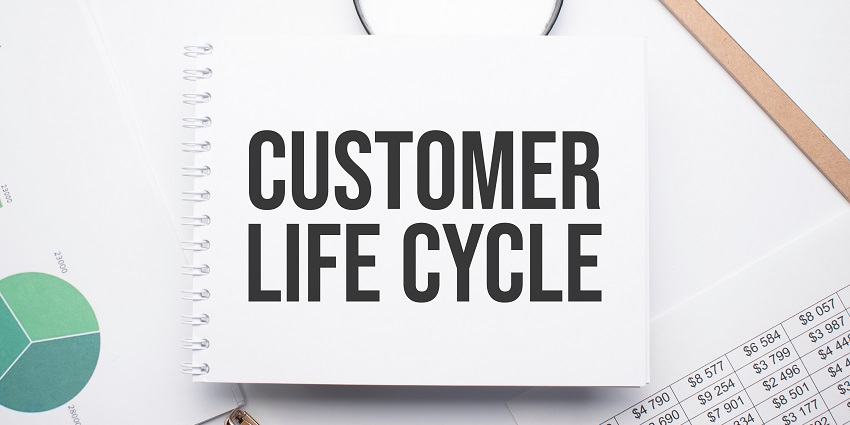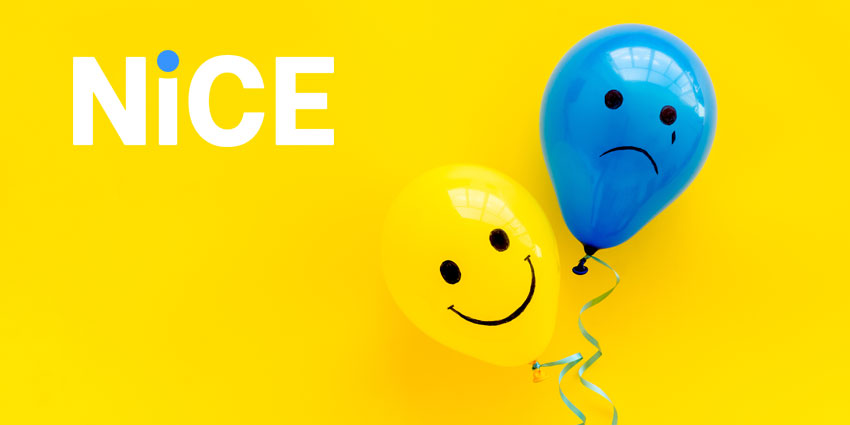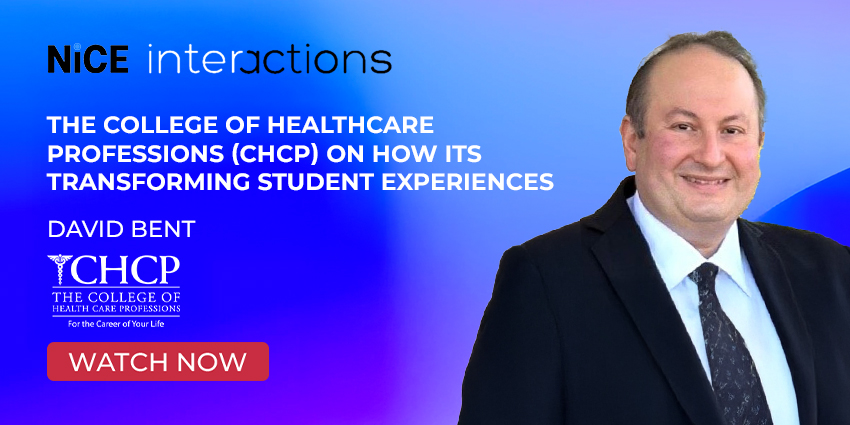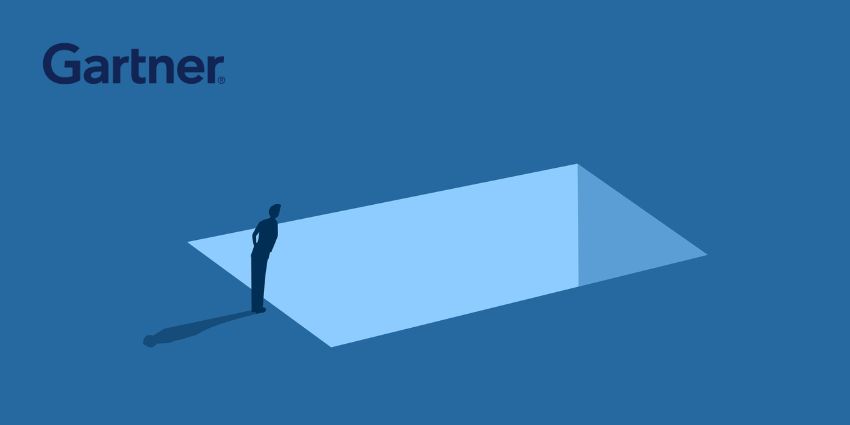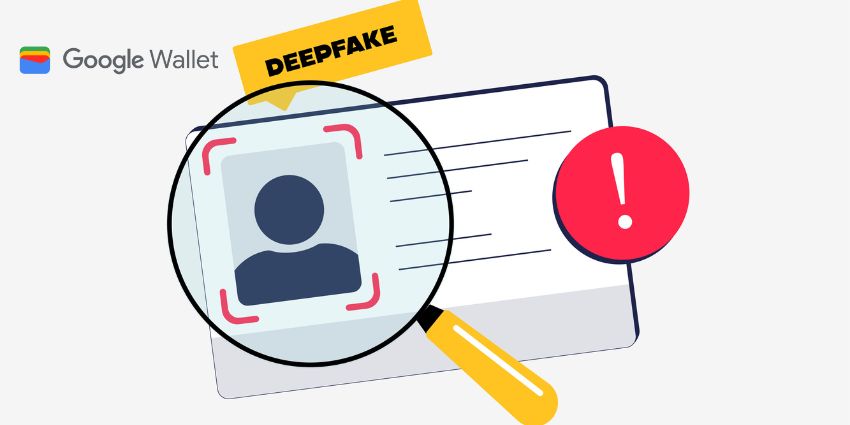Most successful businesses hinge on building and maintaining customer relationships. These relationships evolve from when the customer first hears of a company to when they last do business with them.
Throughout the time in between, a buyer’s mindset towards the company and its offerings may shift significantly, and understanding the customer life cycle can provide a competitive edge in staying ahead of the customer.
A Definition of the Customer Life Cycle
The customer life cycle is the process that runs from when a customer first becomes aware of a business to when they last do business with them.
It is typically broken down into five stages: outreach, engagement/acquisition, conversion, retention, and loyalty.
Throughout the life cycle, customers develop different perspectives, sentiments, and attitudinal approaches.
To track how these change throughout the customer life cycle, some companies choose to set metrics and track how it performs in relation to the customer’s lifetime.
Such a process is sometimes called customer life cycle management (CLM).
By engaging in CLM, companies can learn customer behavioural patterns and act on them to increase long-term customer value.
What Are the 5 Stages of the Customer Life Cycle?
In 2000, Jim Sterne and Matt Cutler pinpointed the five steps of the customer life cycle in a paper titled “E-Metrics. Business Metrics For The New Economy”.
Although different organizations may conduct their own analysis to identify specific life cycle stages, many still stick to these five stages, which include:
1. Reach or Awareness
During this phase, a consumer becomes familiar with a company’s goods or services for the first time. Social media, advertisements, word-of-mouth from friends, or other sources may have helped spread the word.
The goal is to establish a connection between the brand and a present or potential demand, regardless of whether the buyer has an urgent need for the product or service.
2. Acquisition or Consideration
The acquisition stage strengthens the relationship that the previous phase had already built between a brand and a customer’s needs.
Customers may learn more about the company’s offerings at this stage by visiting its website, speaking with a salesperson, or visiting a brick-and-mortar store.
3. Conversion and Nurturing
Here, buyers purchase a service or product. Understanding what influences a purchase can help a brand position its products, so they stand out against alternatives.
The customer may become a part of the company’s customer relationship management (CRM) database after their first transaction.
If this is the case, the company can begin to keep tabs on customer activity in a bid to enhance the following stages of the customer life cycle.
4. Retention
Now a new client is onboard; the goal is to assist them in finding satisfaction and value in goods and services. Understanding what drives consumer satisfaction is critical here.
Why? Because businesses can better avoid and deal with any problems that may arise.
Moreover, numerous studies have shown that keeping existing customers is more cost-effective than finding ones, so customer retention is crucial.
5. Loyalty or Advocacy
Happy customers keep using the product during the loyalty stage or renew their subscriptions.
Loyal customers may choose to use more services or buy more expensive products while also telling their friends, family, and coworkers about these goods and services.
As such, many brands focus on establishing a loyal customer base and considering lifetime value rather than just one purchase.
Customer Life Cycle vs. Customer Journeys vs. Conversion Funnel: What is the Difference?
Although many individuals interchangeably use terminology like “life cycle”, “journey”, and “funnel”, each idea has a distinct meaning.
A customer journey refers to a set of interactions – broken down into individual touchpoints – that a customer has when buying a product or enjoying a service.
On the other hand, the customer life cycle is a more comprehensive interpretation of customer behavior – as they make multiple purchases or repurchases across a significant period.
As such, customer life cycles are not the result of random business decisions. The customer life cycle is a concept that is more similar to a conversion funnel than a customer journey.
But lifespan is a continuous cycle, not an end-to-end process, unlike the conversion funnel. Instead of concentrating on the phases of acquiring and retaining a customer, it encompasses the entire customer relationship matrix, all the way to advocacy and loyalty.
What is Customer Life Cycle Value or Customer Lifetime Value?
The cumulative value of all the funds a customer spends with a company is known as their “customer lifetime value (CLV)” or “customer life cycle value”.
Companies often calculate this metric to uncover customer life cycle improvement areas, estimate customer profitability, and create acquisition budgets.
Yet, this first use case is perhaps the most intriguing. After all, if particular customer segments typically have a higher life cycle value, marketing teams can adjust their tactics to better meet this target audience.
Boosting CLV with Customer Life Cycle Marketing
Tweaking or adjusting messaging to a customer, depending on their life cycle stage, is known as customer life cycle marketing.
By taking this approach, brands may communicate with customers in a manner that has personal significance for them.
Indeed, a business may action the usual ad strategies that have produced results for that stage, with a clear target of minimizing churn and improving CLV.
Learn how to best understand the voice of the customer (VoC) and drive higher CLV in our article: 10 Voice of the Customer Best Practices to Supercharge Your CX Strategy
